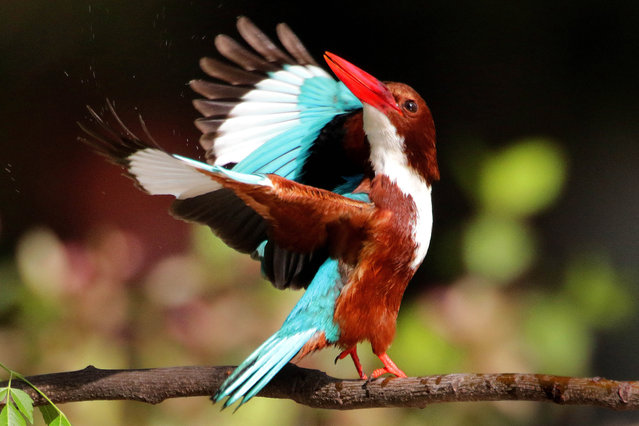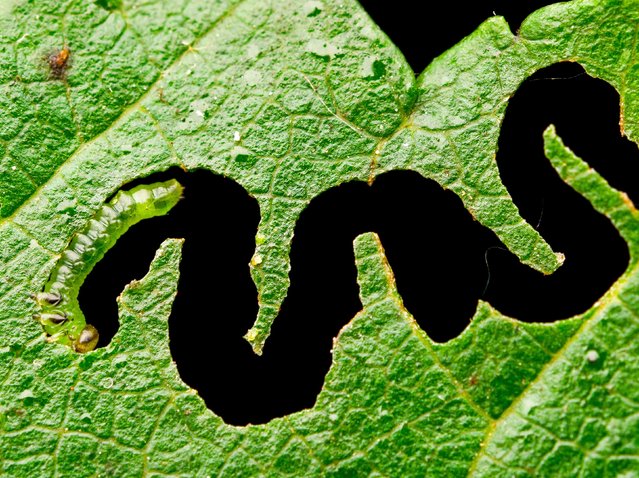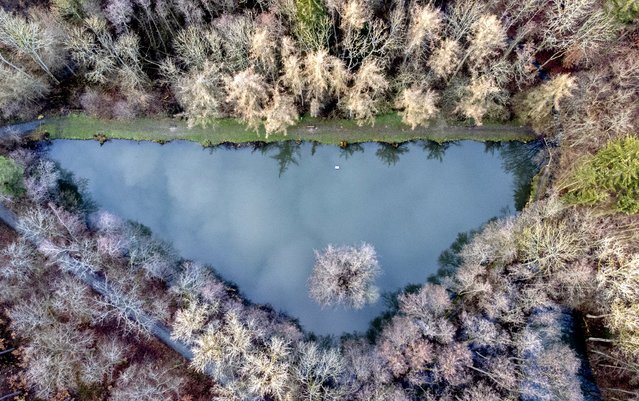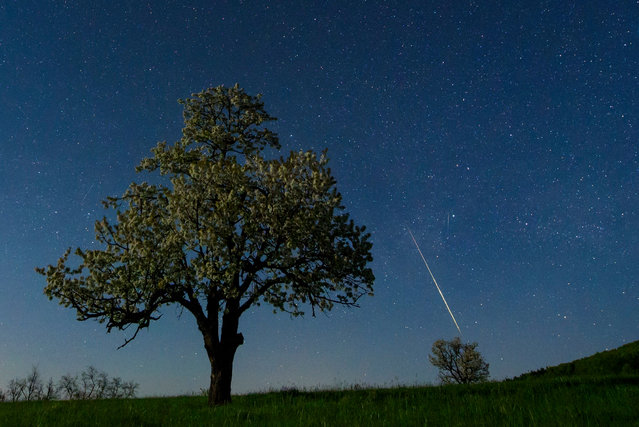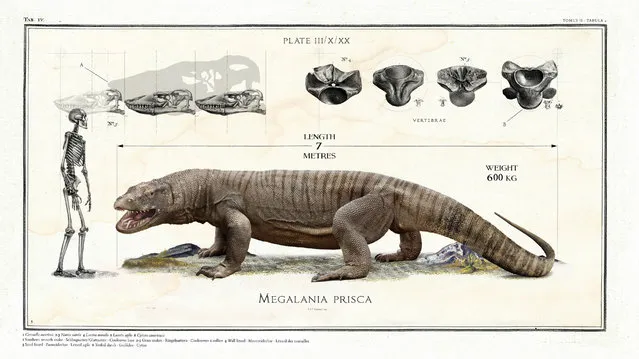
Hindu married women offer prayers and tie a thread around a banyan tree during the festival of Vat Purnima amid the spread of the coronavirus disease (COVID-19), in Mumbai, India, June 24, 2021. (Photo by Francis Mascarenhas/Reuters)
03 Jul 2021 10:23:00,post received
0 comments

